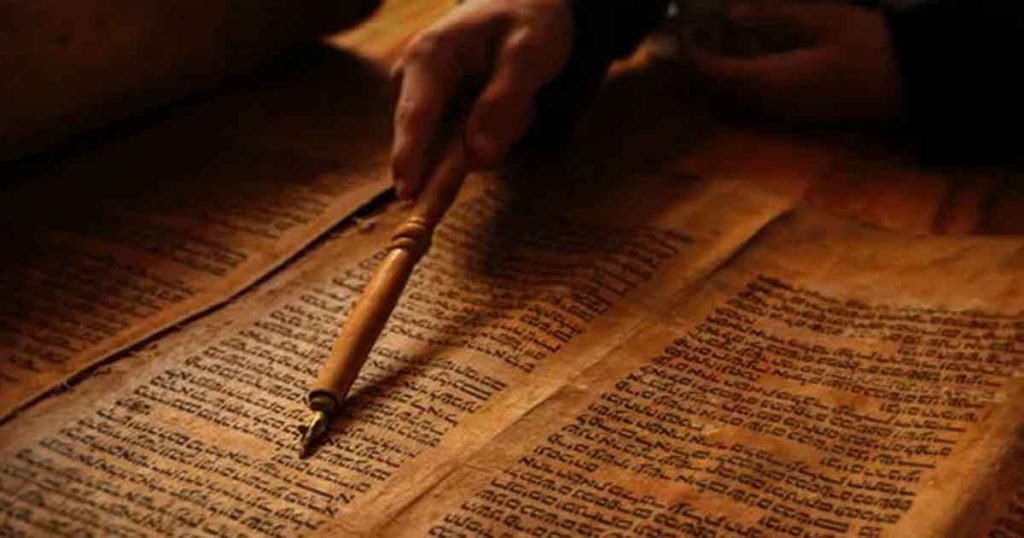 Preserved
Preserved
“Therefore blessed be they, and most honoured be their name, that break the ice, and give the onset upon that which helpeth toward the saving of souls. Now what can be more available thereto, than to deliver God’s book unto God’s people in a tongue which they understand…but how shall men meditate in that which they cannot understand? (From the original preface to the KJV Bible)
Today we discuss the process by which God preserved His Word. As such there are some technical things that need to be understood. We discuss manuscripts and translation.
A manuscript is a handwritten document. As such, probably none of us has a book in our personal library that can justifiably be called a manuscript. Our books today are facsimiles that are produced by means of printing presses and computers. Therefore, it is easier to proof read texts and to ensure that the original is correctly reproduced in each edition.
This was not the case in the first century! In fact it was not until Gutenberg invented moveable type in 1450 that this was possible.
Thus the production of a book was a slow and laborious task making books highly prized and treasured items.
There are essentially 5,000 manuscripts that contain all or a portion of our NT. The NT is the best-attested book from antiquity. However, because these manuscripts are handwritten documents, it is important we realize there are discrepancies between them. In our study today, we want to study the nature of these manuscripts and the type of discrepancies that are in them.
Lastly, we want to show how this does not affect our confidence in God’s Word in the least but rather gives a strong basis for absolute certainty that the Lord has preserved His Word.
Because of grace,
Tim


